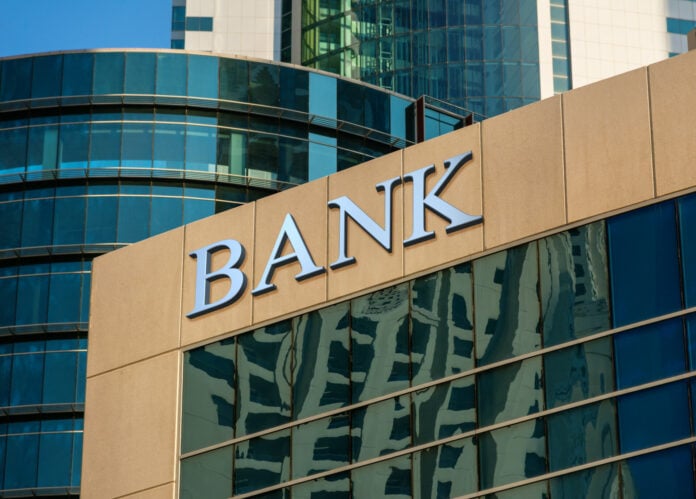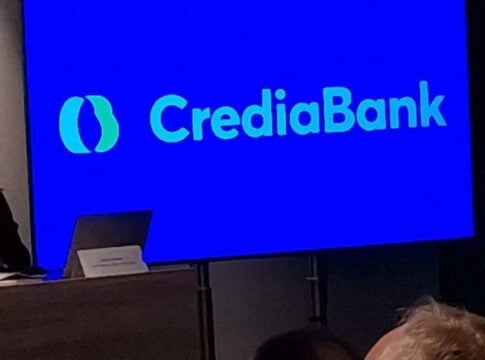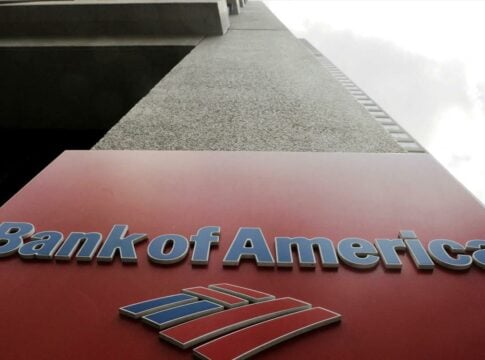Banks have taken six measures to counterbalance the consequences of lower credit expansion in both business and housing credit.
Credit institutions may show strong profits in the fiscal year, but they must also create the conditions so that – when the interest rates are de-escalated – they increase their operations.
The measures are the following:
1. RRF loans, which constitute a top preference, ‘run’ as fast as possible, since they have reasonable interest rates. After all, these loans can support credit expansion, according to market sources. Meanwhile, the program for Greece, mainly in the energy sector, is expected to expand by at least 5 billion euros. Thus, the total amount of approved funds under the RRF will approach 28 billion euros.
2. In the same context, the banks “run” all the other programs in which the interest rates are subsidized, such as the programs of the Development Bank or other funding subsidized by the EU.
3. In order to avoid bad loans, especially in housing loans, the banks are planning to continue the “subsidy” of the interest rate which started last May. According to banking sources, the banks seem willing to continue this program beyond its expiration, if there is no de-escalation of interest rates. The potentially lost income does not exceed 300 million euros.
4. They are trying to match properties they have in their portfolios in order to find solutions for programs.
5. Banks will continue to support vulnerable borrowers at all levels. After all, there are about 10,000 scheduled foreclosures by the end of the year.
6. New and attractive programs are being planned by credit institutions, especially in those cases where digital lending is possible.














